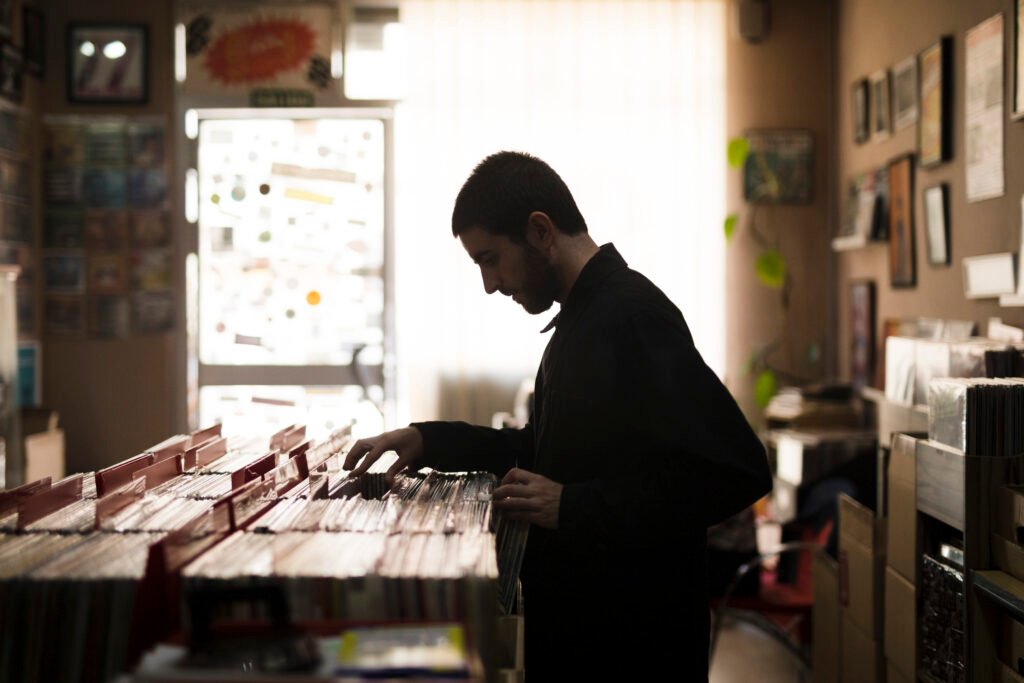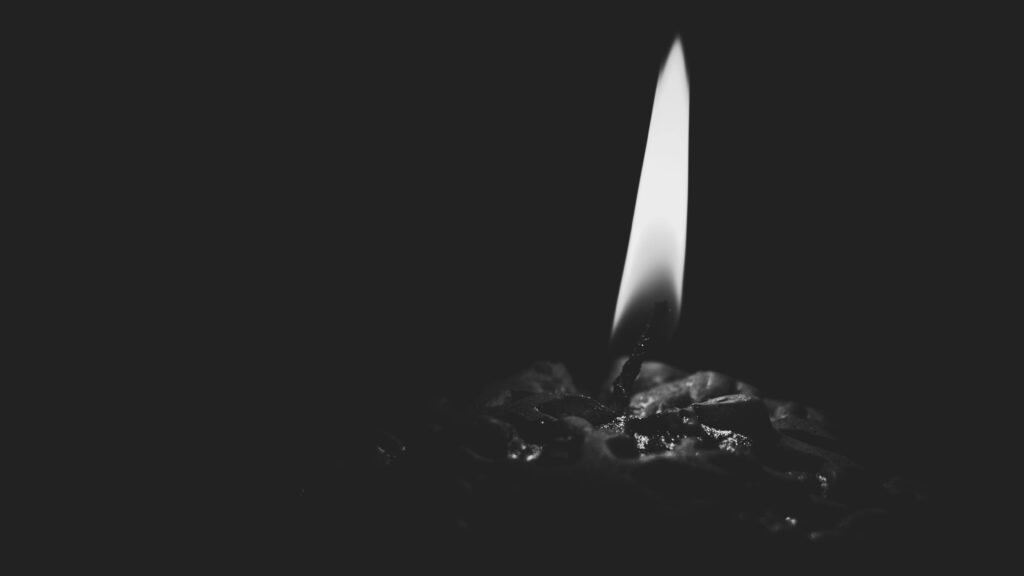Reading Lists: 10 Must-Read Crime Thrillers for Aspiring Writers
Reading Lists: 10 Must-Read Crime Thrillers for Aspiring Writers Having the right reading list is essential for aspiring writers looking to master the craft of crime thriller writing. The best crime thrillers offer masterclasses in tension, character development, plot twists, and atmospheric world-building. These ten must-read crime thrillers for aspiring writers represent the genre’s pinnacle, showcasing various techniques to elevate your writing. From psychological suspense to police procedurals, each book on this reading list demonstrates excellence in different aspects of crime thriller storytelling. Understanding the Foundations of Great Crime Fiction Before diving into specific titles, it’s important to understand what makes crime thrillers so captivating. The best crime thrillers balance complex characters, intricate plots, and immersive settings while maintaining tension. For aspiring writers, reading critically within this genre provides invaluable lessons in narrative structure, pacing, and creating compelling protagonists and antagonists. When building your reading list of crime thrillers, look for works that demonstrate excellence in: Character development and psychology Plot structure and pacing Atmospheric settings Dialogue and voice Twist mechanics Investigative techniques Moral complexity Each title on this reading list excels in multiple areas, offering aspiring writers concrete examples of masterful crime fiction techniques. Classic Crime Thrillers Every Writer Should Study 1. “The Silence of the Lambs” by Thomas Harris Thomas Harris’s psychological thriller is perhaps the definitive crime thriller on any reading list. The cat-and-mouse game between FBI trainee Clarice Starling and the brilliant psychiatrist-turned-cannibal Dr. Hannibal Lecter demonstrates perfect character duality. What writers can learn: Harris’s novel offers a masterclass in creating memorable characters and building psychological tension. The interactions between Starling and Lecter showcase how dialogue can reveal character while advancing the plot. The novel also demonstrates how to weave multiple storylines—the Buffalo Bill case and Lecter’s manipulations—into a cohesive narrative. The book’s success comes from deep psychological insights and the uncomfortable intimacy between the protagonist and antagonist. For aspiring crime thriller writers, studying how Harris maintains suspense despite the reader knowing the killer’s identity provides valuable lessons in tension-building techniques. 2. “In Cold Blood” by Truman Capote While technically true crime rather than fiction, Capote’s “nonfiction novel” revolutionized crime writing and belongs on every serious crime thriller reading list. The detailed account of the 1959 murders of the Clutter family in Kansas showcases meticulous research and narrative journalism. What writers can learn: Capote’s work demonstrates how to create a compelling narrative from real events, blending journalistic precision with novelistic techniques. The book excels in: Creating a sense of place and time Developing multi-dimensional portraits of both victims and perpetrators Building narrative tension even when the outcome is known Exploring the psychology behind seemingly senseless violence For aspiring writers, “In Cold Blood” offers valuable lessons in research methods and the power of detail in creating authenticity. Contemporary Crime Thrillers That Reinvented the Genre 3. “Gone Girl” by Gillian Flynn Flynn’s psychological thriller redefined unreliable narration for a generation of readers and deserves a prominent place on any crime thriller reading list. The toxic marriage of Nick and Amy Dunne becomes the backdrop for an intricate disappearance case that constantly challenges readers’ perceptions. What writers can learn: “Gone Girl” provides a masterclass in: Unreliable narration and perspective shifts Creating morally ambiguous characters Constructing effective plot twists Social commentary within thriller frameworks Subverting reader expectations The novel’s famous mid-point twist demonstrates how structural choices can completely transform a narrative. Aspiring writers should pay particular attention to how Flynn drops subtle clues throughout the first half that only become apparent after the revelation. 4. “The Girl with the Dragon Tattoo” by Stieg Larsson Larsson’s international bestseller brought Scandinavian noir to mainstream attention and remains essential reading list material for crime thriller writers. The unlikely partnership between journalist Mikael Blomkvist and hacker Lisbeth Salander as they investigate a decades-old disappearance showcases a character-driven investigation. What writers can learn: This crime thriller demonstrates how to: Create distinctive, unconventional protagonists Weave social criticism into thrilling narratives Balance multiple timelines and cold-case investigations Develop complex supporting characters Build a series foundation while delivering a complete standalone story The novel’s uncompromising approach to difficult subjects also shows how crime fiction can address serious social issues while remaining compelling entertainment. Procedural Excellence: Police and Detective Crime Thrillers 5. “The Poet” by Michael Connelly While Connelly is famous for his Harry Bosch series, “The Poet” represents his standalone masterpiece and deserves a place on any crime thriller reading list. Following crime reporter Jack McEvoy as he investigates his brother’s suicide, the novel showcases intricate plotting and journalistic investigation techniques. What writers can learn: Connelly’s work demonstrates: How to write convincing procedural details Developing an investigation in realistic stages Creating tension through gradual revelation Balancing character development with plot progression Crafting a satisfying yet surprising conclusion For aspiring crime writers, “The Poet” offers valuable insights into how meticulous research translates into authentic-feeling investigative narratives. 6. “The Murder of Roger Ackroyd” by Agatha Christie No crime thriller reading list would be complete without Christie, and this particular Hercule Poirot mystery represents her most ingenious plot construction. The investigation into the murder of wealthy industrialist Roger Ackroyd in a small English village demonstrates Christie’s unparalleled plotting skills. What writers can learn: Christie’s masterpiece illustrates: The perfect construction of a “fair play” mystery How to plant clues and red herrings effectively The importance of misdirection in mystery writing Creating memorable secondary characters Delivering a satisfying yet shocking conclusion The novel’s famous twist ending remains controversial nearly a century later, providing aspiring writers with an excellent case study in narrative ethics and reader expectations. International Crime Thrillers: Global Perspectives 7. “Snow Falling on Cedars” by David Guterson This atmospheric literary crime thriller, set in the aftermath of World War II, examines the murder trial of a Japanese-American fisherman in a small Pacific Northwest community. While not traditionally categorized as genre fiction, its crime elements make it valuable reading list material for aspiring writers interested in literary approaches to crime. What writers can learn: Guterson’s novel demonstrates: Creating an immersive, atmospheric








